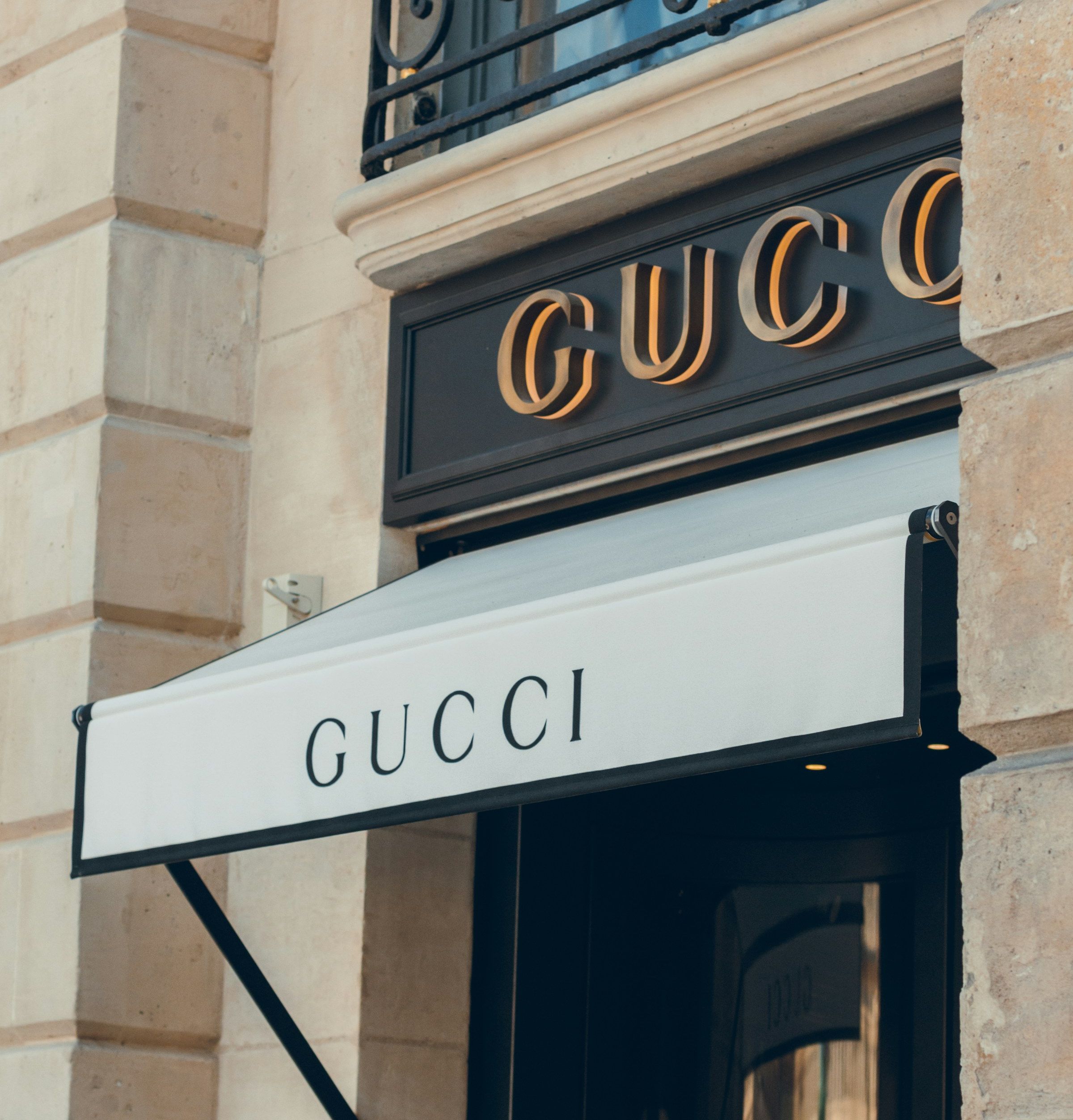Luxury was once positioned as an economic outlier—immune to inflation, geopolitical risk, or middle-class stagnation. When consumers cut back, luxury was supposed to thrive on scarcity and aspiration. That logic held for decades. Until now.
The current luxury retail strategy downturn is not a short-term demand dip. It’s a multi-vector erosion of confidence, positioning, and consumer relevance. In Europe and the US, sales are softening even at the top of the pyramid. In China, cultural narratives are diverging. And in the Gulf, expansion continues—but not without hedging. This isn’t about stormy weather. It’s about structural shifts. And smart operators will need more than pricing power to survive them.
The pandemic created an artificial surge in luxury spending. Homebound high earners redirected unused travel budgets toward designer goods. Revenge spending became a macroeconomic subplot. Chanel, Hermès, and Dior posted record margins. But those gains were never meant to last.
As interest rates rose and inflation persisted into 2024, even high-income households began pulling back. The luxury buyer is not one monolith. And it turns out the bottom half of the top 20%—what the industry calls “aspirational” buyers—were far more sensitive to macro pressure than assumed. They’ve stopped buying handbags. They’ve delayed that second watch. They’re using repair services and resale platforms instead of adding to cart.
For brands, the result is familiar: markdowns, inventory recalibration, and a retreat to core collections. But what feels like cyclical correction may actually reflect deeper strategic misalignment.
The luxury sector isn’t failing. But it is splitting—regionally, culturally, and generationally.
1. Western Brands Retreat While GCC Players Expand
Luxury groups headquartered in Europe are becoming more defensive. LVMH is leaning into beauty and entry-level categories. Kering continues to struggle with Gucci’s identity post-rebrand. Richemont has signaled restraint outside of watches and jewelry. Flagship store plans are being shelved. Hiring is cautious.
In contrast, players in the Gulf—particularly the UAE and Saudi Arabia—are still investing. Malls in Riyadh and Doha are racing to lock down mono-brand boutiques. Partnerships between local operators and Western houses are deepening. And importantly, governments are backing lifestyle precincts where luxury retail is part of a broader cultural narrative.
Still, even in the GCC, operators are becoming more selective. The shift isn’t just about brands—it’s about blended experiences, loyalty programs, and retail-as-hospitality. The Gulf’s enthusiasm is real, but it’s also structurally insulated by oil-driven prosperity and cultural affinity for luxury display. That won’t scale globally.
2. China Isn’t Rebounding as Expected
For years, China has been the growth engine of global luxury. But 2024 was sobering. Youth unemployment remains high. Confidence in the property market is weak. And while outbound travel has resumed, it’s not reaching pre-pandemic levels.
What’s more critical, though, is a subtle consumer pivot. Chinese luxury buyers are increasingly favoring local designers and national narratives. Labels like Shushu/Tong and Mark Fairwhale are growing because they offer cultural proximity—not just price access.
Western brands that once traded on European provenance are now finding themselves culturally misaligned. Heritage doesn’t carry the same automatic weight it used to—especially among Gen Z consumers who question whether French or Italian brands really understand their values.
3. Gen Z Doesn’t Aspire the Same Way
This might be the biggest fracture point. For older generations, luxury meant status and permanence. But for Gen Z, luxury can feel extractive—unless it’s sustainable, rare in the right way, or culturally fluent.
Gen Z consumers are fine spending on fashion—but they want resale flexibility, ironic detachment, or genuine values alignment. A Balenciaga hoodie lands differently when worn as social commentary. A Chanel bag, stripped of its narrative, can feel hollow.
Luxury has always sold more than a product—it sells identity. But identity is now more fluid, subcultural, and anti-mainstream. That means the traditional playbook of exclusivity and prestige marketing is losing traction.
This is where strategic divergence becomes most visible. Brands that understand the structural shift are moving beyond seasonal resets.
Hermès continues to succeed not just because of craftsmanship—but because it never scaled too fast. Scarcity is real, not manufactured. The brand isn’t chasing new segments—it’s protecting core ones.
Sephora—while not a luxury brand per se—is succeeding under LVMH’s umbrella because it embraces accessibility, personalization, and entry-level luxury. The funnel is wide, and the loyalty is strong.
Meanwhile, local disruptors in China, the UAE, and even Southeast Asia are building prestige differently—through collaborations, digital scarcity, or experience-driven retail. They aren’t trying to copy Paris. They’re building local luxury from scratch.
Many legacy brands believed that heritage was an unbreakable moat. But history is only valuable when it feels relevant. In this market, provenance is losing out to presence. You can’t just be old—you have to be current.
This is the real lesson of the luxury retail strategy downturn: price isn’t the problem. Relevance is. The brands still clinging to price hikes as their only lever are missing the point. Consumers don’t reject luxury because it’s expensive. They reject it when it feels out of sync with their values, identity, or moment.
The question isn’t “When will the storm pass?” The storm is revealing who overbuilt without adapting. The future of luxury won’t be won through markdowns or marketing budgets. It will be shaped by structural alignment: between pricing and value, brand and culture, product and purpose.
Strategy leaders need to stop treating this as a bad quarter and start treating it as a business model reckoning. Luxury is not immune. But with the right recalibration, it can still be irreplaceable.




.jpg&w=3840&q=75)










